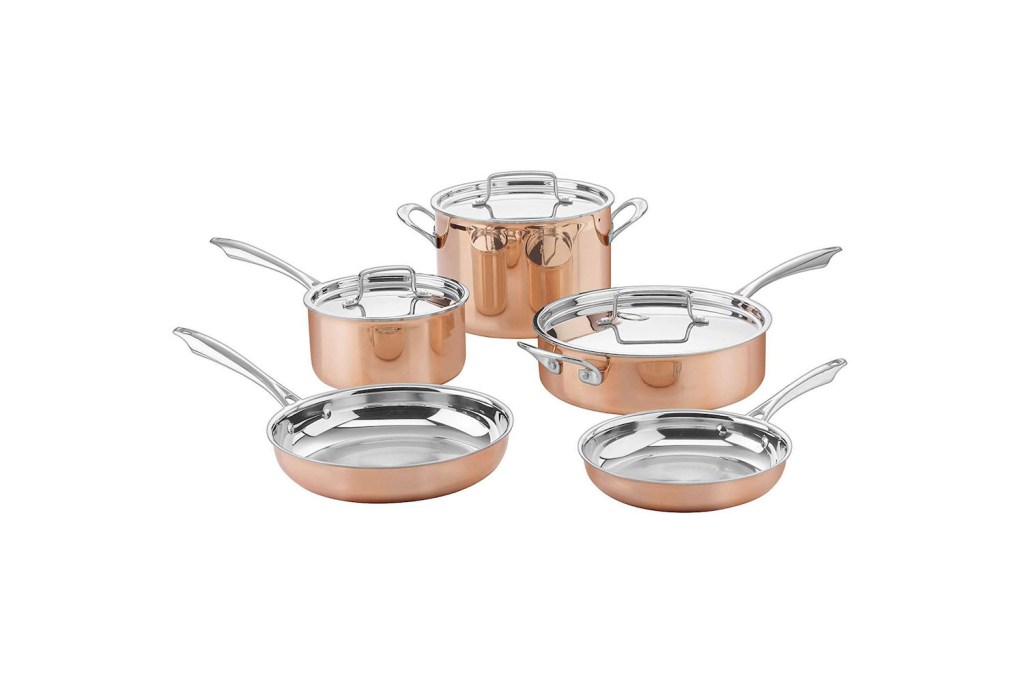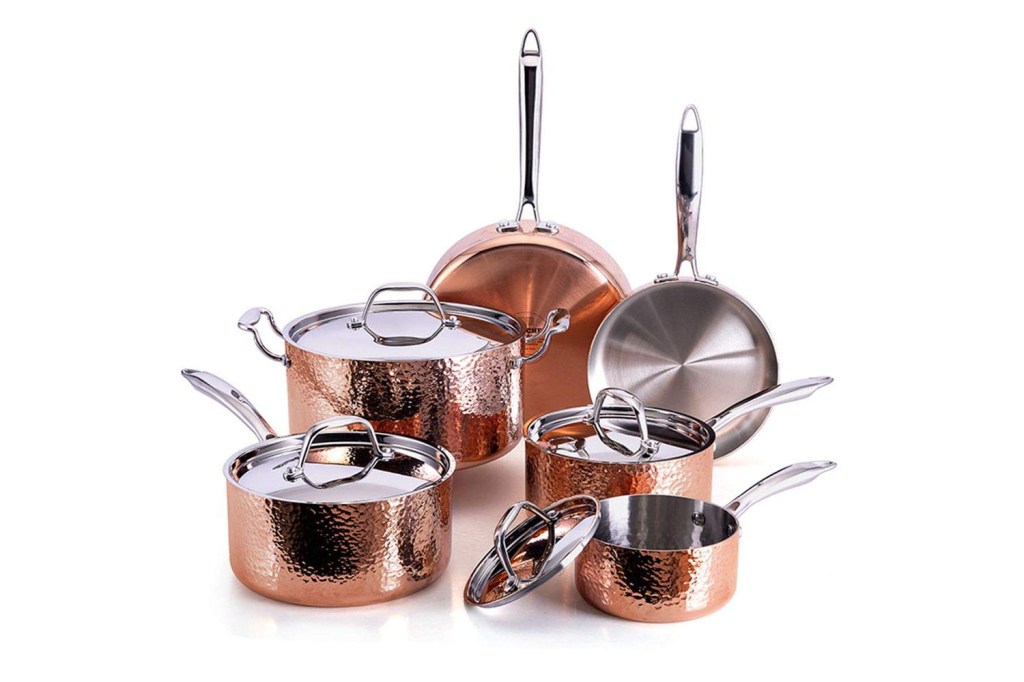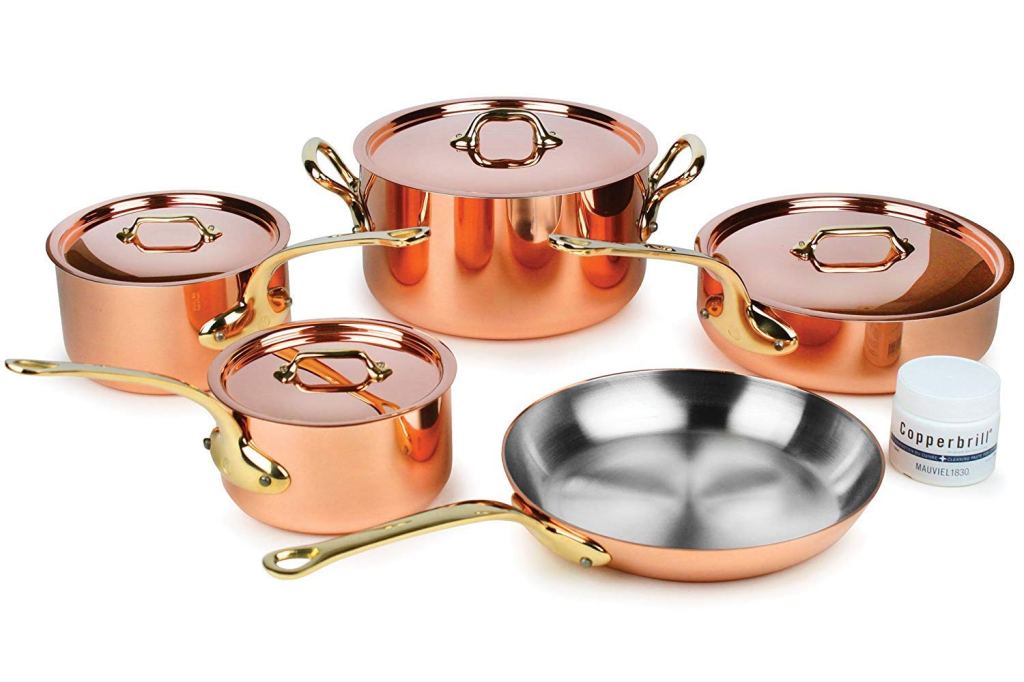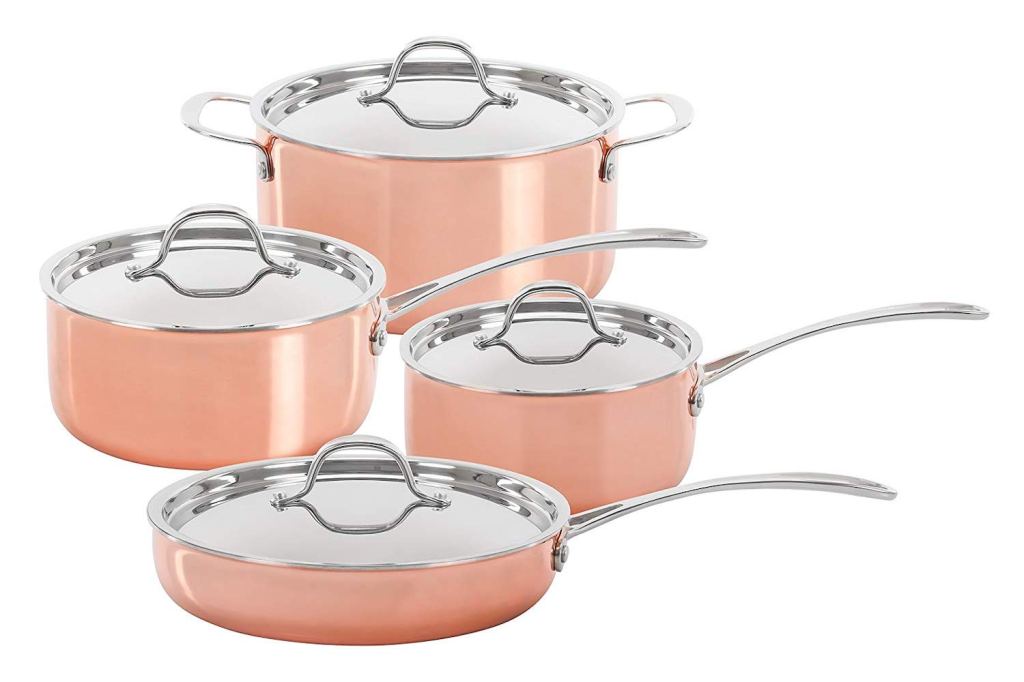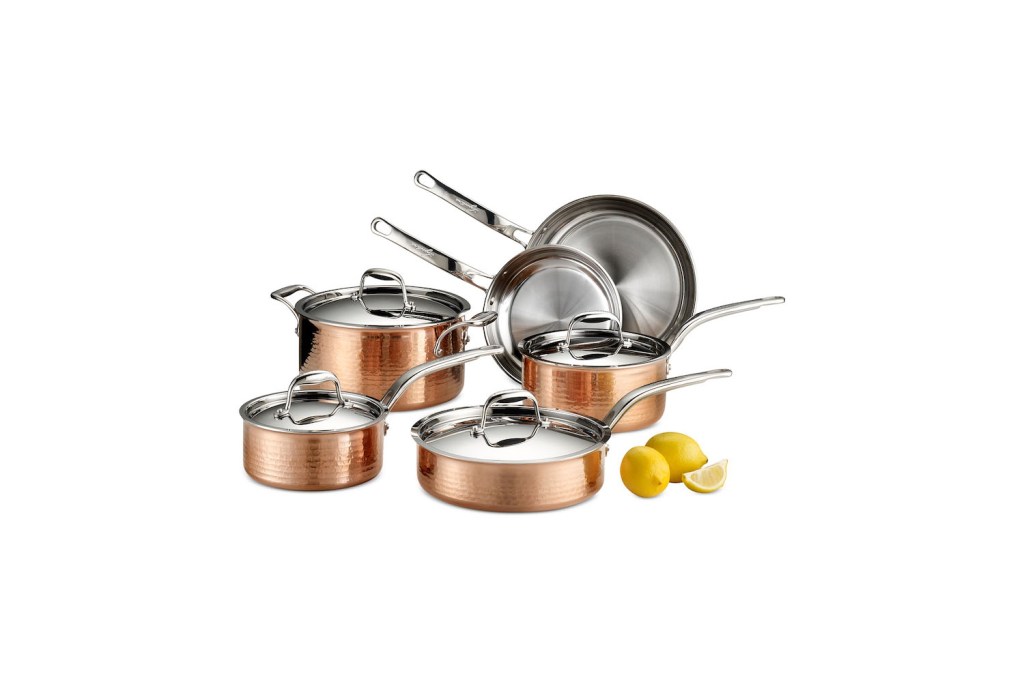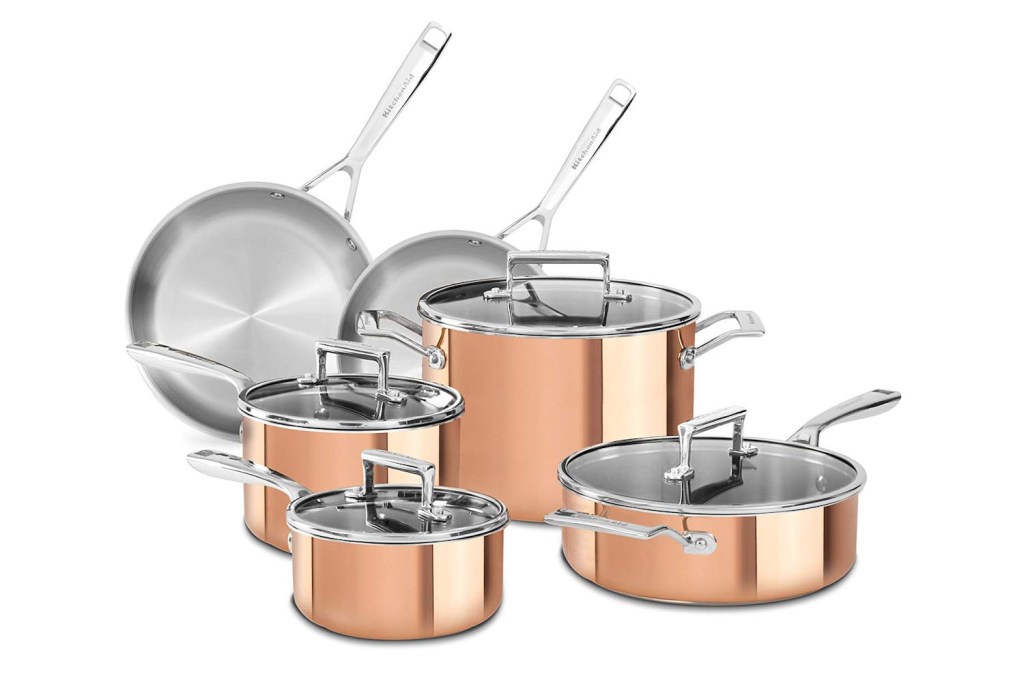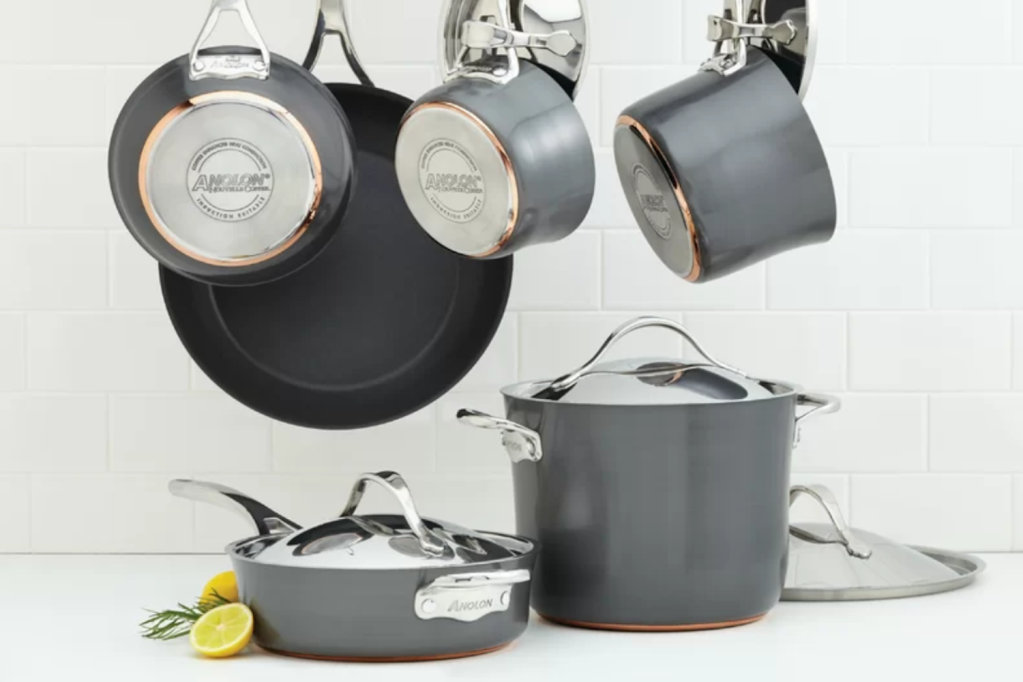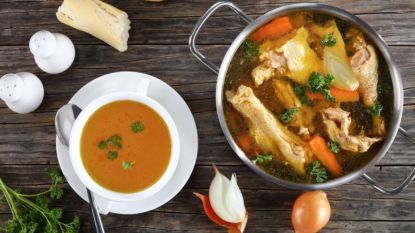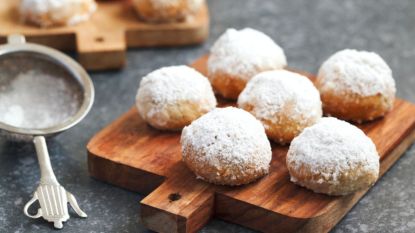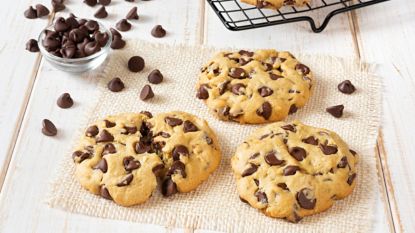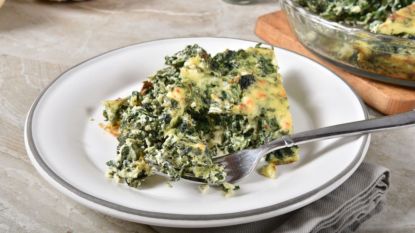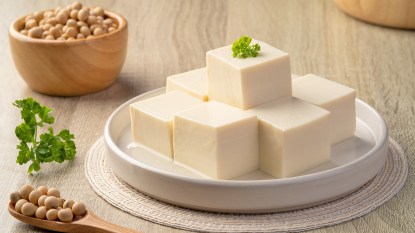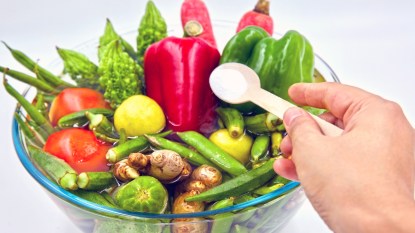7 Copper Cookware Sets That Will Change the Way You Cook
If you’re anything like us, you’re already starting to plan those big holiday meals you’ll be whipping up in just a few months — including their execution. While you may be getting by just fine in the kitchen with your standard aluminum or stainless steel cookware sets, there’s another school of thought that would have you leave it all behind for the fastest, most even heat distributor on the market — copper. The best copper cookware set could be the difference between a good feast and a great one this holiday season. Keep reading to find out why.
Benefits of Cooper Cookware
There are a whole host of reasons why you might want to consider making the swap to copper cookware, but the most obvious is its renowned abilities as a thermal conductor. Copper is *the* material to beat when it comes to quick — and more importantly, even — heat distribution. In fact, it’s been said to heat more than four times (!) better than stainless steel.
What’s more, once you remove it from is heat source, it cools down just as fast, meaning you won’t have to worry about overcooking foods. Copper is also corrosion-resistant, meaning your cookware set will offer up plenty of bang for your buck.
The advantages to cooking with copper go far beyond the functional, however. While liver, kidney, and other health issues can arise from ingesting high doses (the Environmental Protection Agency recommends a maximum contaminant level of 1.3 milligrams of copper per liter of water) of copper, trace amounts, like those you could potentially ingest from cookware, are considered safe, and are even beneficial and necessary for a range of bodily functions.
Case in point? Copper has surprising antimicrobial properties, so using it to prepare your meals can reduce your chances of ingesting harmful bacteria, such as salmonella and E. coli.
What’s more, a 2016 study published in Nature Chemical Biology found that the metal could be a useful aid in burning fat. “We find that copper is essential for breaking down fat cells so that they can be used for energy,” said research leader Chris Chang, a faculty scientist at Berkeley Lab’s Chemical Sciences Division, a UC Berkeley professor of chemistry ,nd a Howard Hughes Medical Institute investigator. “It acts as a regulator. The more copper there is, the more the fat is broken down.”
The Pros and Cons of Copper Cookware
Not that you know a bit about the pros, let’s talk about the cons. The most obvious drawback to using this material is the price. Most real copper cookware sets — read: those with a thickness of 2 to 2.5mm or greater — will cost you a pretty penny, with many in the $1,000+ range. But plenty of modern copper sets are made of mixed materials, such as stainless steel, tin, or non-stick materials, that render them slightly more affordable.
As with most luxury items, copper cookware requires a heck of a lot more maintenance than your average department store finds. Not only will you want to steer clear of any metal utensils, you’ll want to avoid washing them in the dishwasher. Additionally, bleach-based cleaners will wear down your wares fast.
Thankfully, you can pick up a specialty cleaner, like Wright’s Copper and Brass ($4.69, Amazon) or French-made Mauviel’s Copperbrill ($21.90, Amazon) to keep pots and pans gleaming and in tip-top shape. Alternately, you can use a DIY vinegar-salt solution or simply rub the metal with a lemon that’s mixed with baking soda or salt before rinsing and drying.
If you’re ready to make the commitment and experience a higher level of cooking, keep reading for FIRST’s favorite picks for the best copper cookware your money can buy.
We write about products we think our readers will like. If you buy them, we get a small share of the revenue from the supplier.


